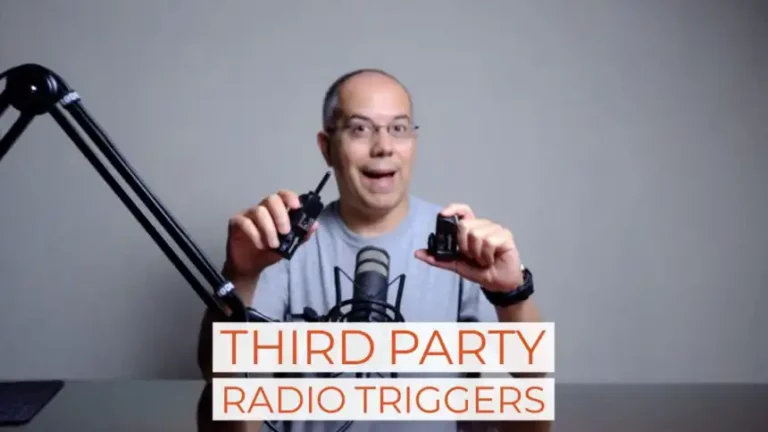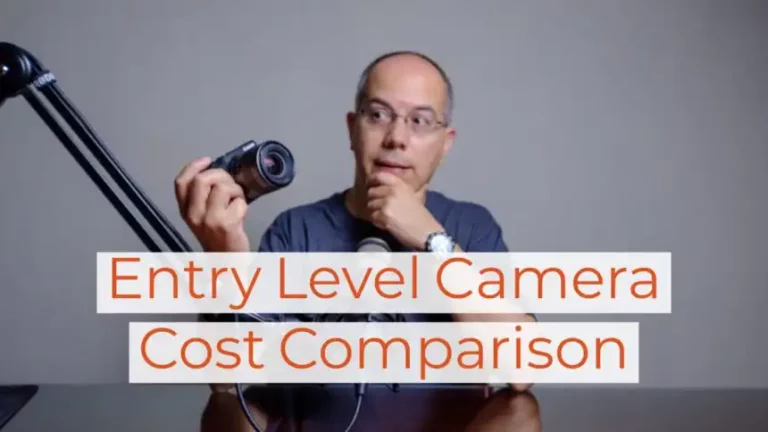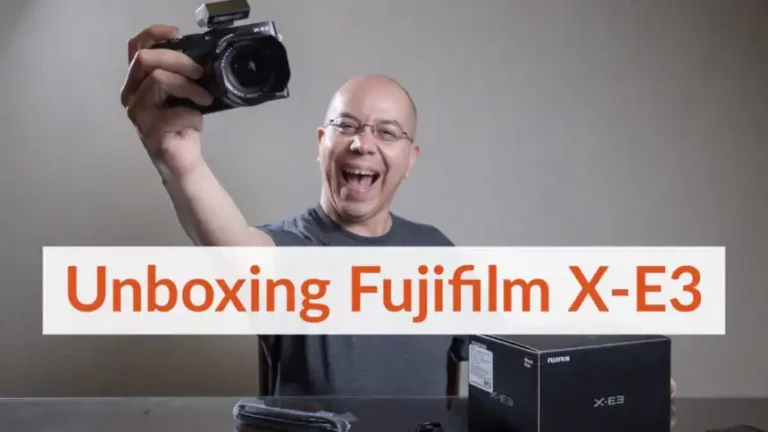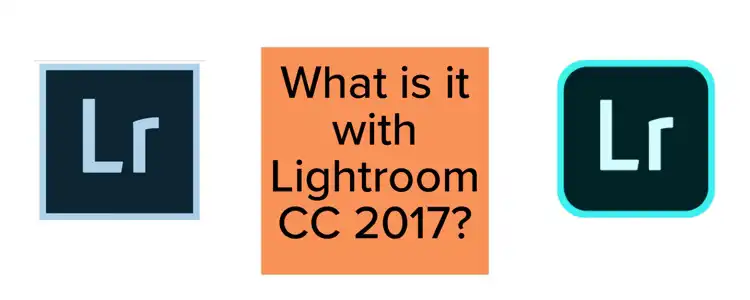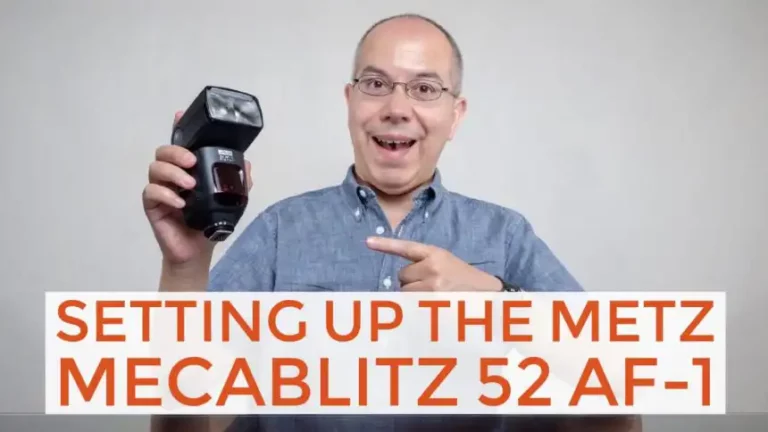Best Third Party Flashes for You
“What flash should I get?” That’s one of the most common questions I hear or read lately. Keep reading to find an answer.
Now that you know why you should use flash, you may be wondering: What flash should I get?
My first recommendation is to go with the flashes on your camera system. I mean, if you use a Canon camera, use a Canon flash; if you use a Nikon camera, go with a Nikon flash, etc. This ensures that everything works without any problems. However, even though camera brand flashes are very good, they may also be quite expensive. That’s why I decided to make a list of third party flashes that are affordable and reliable. I also found a few interesting features along the way.
While creating this list I found flashes with a few common features. Other flash features are a bit unusual but very interesting, and some that I’d like to try.
A common feature is related to power. Most flashes in this list are powered by AA batteries, but some use proprietary Li-ion batteries. Li-ion batteries usually last longer than their AA battery-powered counterparts and have shorter re-cycle times.
An unusual feature that I’m curious to try is the dual flash. This is a smaller, less powerful, flash emitter on the flash body. It is supposed to fill in shadows when you tilt and swivel the flash head.
The way I prefer to list these flashes is to group them by guide number. Then, on each of these categories, list them from the least to the most expensive.
Guide Number (GN) 64m (210ft) @ ISO 100, 200mm

In this first category you can find the Metz Mecablitz 64 AF-1, which is built like a tank, is AA battery-powered, has a dual flash and comes in versions compatible with Canon, Nikon, Sony, Olympus (Micro 4/3), and Pentax. This can be yours for US$460 which is not exactly a steal but, considering its power out, sounds like a good deal for you.
GN 58m (190ft) @ ISO 100, 105mm – 60m (200ft) @ ISO 100, 200mm
This is the most popular category, by far. I found so many options, but I reduced it to the following:

Godox TT600, which is a Manual flash only, so it’s compatible with any camera with a standard hotshoe. It’s powered by AA batteries and is available for US$65.

Godox TT685 is the TTL version the TT600. It’s available for Canon, Nikon, Sony, Micro 4/3, and Fujifilm. It can be yours for US$110.

Godox V850II is Manual only, like the TT600, except it’s powered by a Li-ion battery. The usual price for this flash is US$140.

Godox V860II is also powered by a Li-ion battery, but it has TTL. You can find versions for Canon, Nikon, Sony, Micro 4/3, and Fujifilm. The usual asking price is US$180.
All Godox flashes have an integrated transceiver, so you can use them as Masters or Slaves. Besides, when they are in radio slave mode, they are multi-brand/system.

The Nissin Di866 Mk II is AA battery powered, has a dual flash and can be found for Canon, Nikon or Sony at US$345.

The last option in this category is not exactly cheap at US$560. I’m talking about the Nissin MG8000, which is AA battery powered and has a dual flash, but its most important feature is it’s high heat resistant. It means you can use it in very demanding shoots without worrying about heating problems.
GN 52m (170ft) – 54mm (177ft) @ ISO 100, 105mm
This is still a popular power range and, considering the small power difference from the previous category and the price drop, these flashes may give you the most bang for your bucks:

Just like the 64 AF-1, the Metz Mecablitz 52 AF-1 is built like a tank, is super reliable and it’s powered by AA batteries. At US$260 it’s a no-brainer, which you can find for Canon, Nikon, Sony, Olympus and Pentax.

Also at US$260, the Nissin Di700A is also a great option. Powered by AA batteries it’s a straightforward flash for Canon, Nikon and Sony, but it can also be used off-camera using Nissin’s Air controller.

The Nissin i60A is powered by AA batteries and has TTL. It’s available for Canon, Nikon, Sony, Micro 4/3 and Fujifilm. It’s usually available for US$340. It’s also part of Nissin’s Air system.
GN 35m (114ft) – 44mm (144ft) @ ISO 100, 105mm
The following are the less powerful category of flashes with tilt and swivel heads, but sometimes you just need a little kiss of light in your images:

The Godox TT350 is powered by AA batteries, and you can find it in TTL versions for Canon, Nikon, Sony, Micro 4/3 and Fujifilm. At US$85 it’s great value.
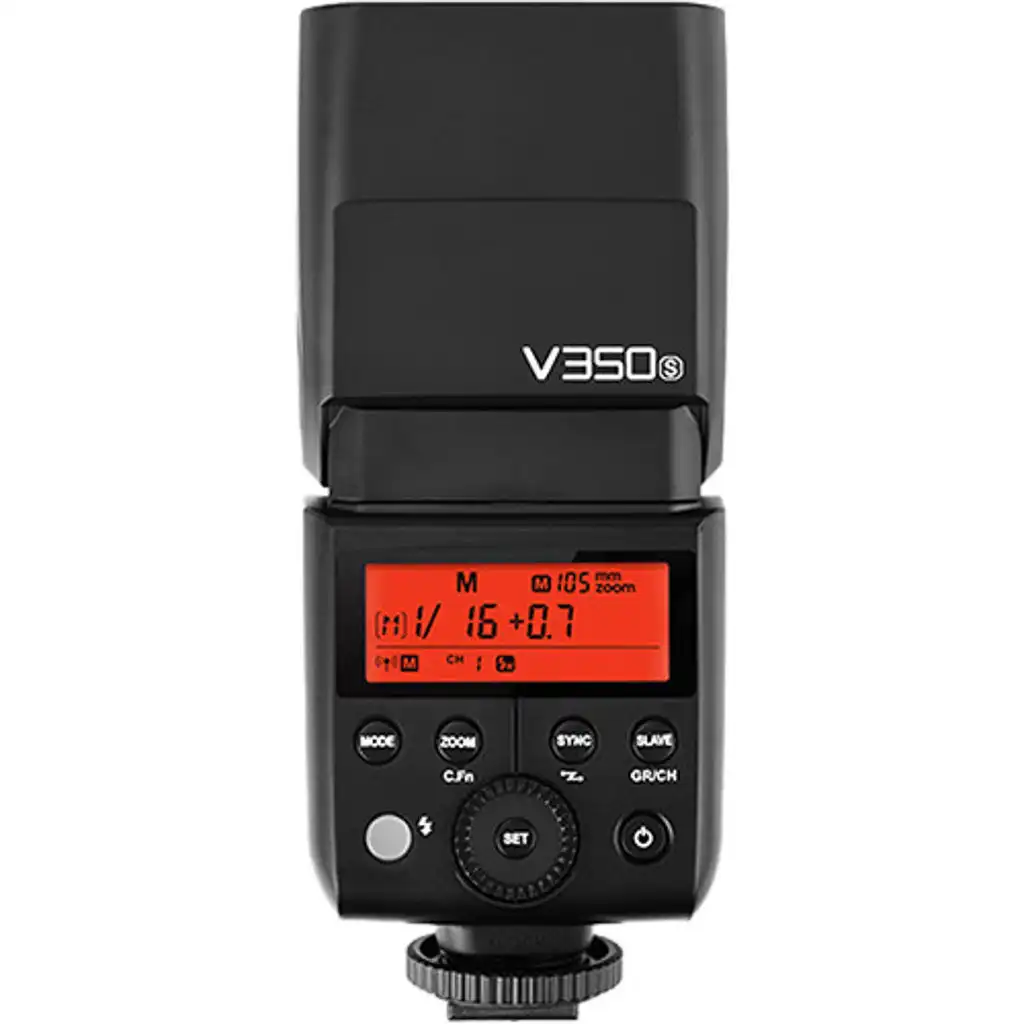
Similar to the previous one, the Godox V350 is powered by a Li-ion battery and can also be found in TTL versions for Canon, Nikon, Sony, Micro 4/3 and Fujifilm. Street price is US$160.

Last but not least, the Metz Mecablitz 44 AF-2 is a great option which is powered by AA batteries and, instead of offering a dual flash, it has an LED video light on the flash body. You can find it in TTL versions for Canon, Nikon, Sony, Olympus, Pentax and Fujifilm, for US$200.
What About Yongnuo?
So many people mentions and recommends Yongnuo flashes that, even though my experience with them has been limited and bad, I had to do some deeper research about them. My conclusion is, again, that I can not recommend them.
Why? Pretty much all the Yongnuo flashes have guide numbers of 58 or 60m and can be used in Manual mode, which makes them attractive. However, if you need TTL it’s only available for Canon or Nikon, nothing else. And, if you are interested in using them off-camera, be prepared to deal with three proprietary systems, along with Canon’s radio frequency system. These radio frequency systems are not compatible with one another so you’ll need different transmitters for each system. In other words, it’s a mess with no real engineering, in my opinion.
As you can see, there are many great options for you when it comes to third party flashes, depending on your power requirements and budget.
What is your preferred third party flash? Why? Please, leave a comment below.
I really hope you found this post interesting, informative but also entertaining. If that is the case, please leave a comment below and share this post with your friends! But most of all, please remember to Stay Safe, Keep Learning and Keep Creating.
DISCLAIMER: Links included in this post might be affiliate links. If you purchase a product or service with the links that I provide I may receive a small commission at no additional charge to you. Thank you for supporting this blog so I can continue to provide you with free content every week!



